The P0456 trouble code indicates a small leak detected in the evaporative emissions system (EVAP) of a vehicle. This system plays a critical role in preventing fuel vapors from leaking into the environment, helping to reduce hydrocarbon emissions. A faulty gas cap, damaged hoses, or a leaking charcoal canister can trigger this DTC, causing the control module to detect an issue. When this happens, the check engine light is illuminated, and increased emissions may be observed.
The EVAP system captures vapors from the fuel tank, sends them to the intake, where they are burned in the combustion process. A logged P0456 code means the engine module detects a minor leak, requiring a thorough inspection to find and fix the problem before it leads to further trouble. Proper diagnostic procedures are necessary to identify the exact point of failure and ensure the system remains efficient and compliant with emission regulations.
What Does the P0456 Code Mean?
The P0456 code is a diagnostic trouble code (DTC) that indicates a small leak detected in the evaporative emission (EVAP) system of a vehicle. This system is designed to prevent fuel vapors from escaping into the atmosphere, ensuring compliance with emissions regulations.

Depending on the model, some late GM vehicles may not include this code in their list. The car’s computer sets this code when it determines a minor leak exists somewhere in the system, often in the charcoal canister, purge valve, or vent solenoid. The powertrain control module (PCM) continuously monitors the EVAP system, performing self-tests to detect leaks.
The Check Engine MIL light is often the first noticeable symptom, as the EVAP test won’t run unless the fuel level is between 15 and 85 percent. Some older Chrysler, Dodge, and Toyota vehicles use a Leak Detection Pump, while newer models rely on an Evaporative System Integrity Monitor (ESIM), which measures pressure changes in a sealed fuel tank due to temperature rises and falls. Identifying and addressing this issue is essential to maintain vehicle performance and reduce harmful emissions.
What are the Symptoms of P0456?
The P0456 trouble code may not cause noticeable changes in the normal operation of a vehicle, making it unlikely for drivers to notice the issue immediately. The first sign is typically an illuminated Check Engine light, which may remain on for a long time without any other visible symptoms. In some cases, a faint smell of gas or a slight decrease in fuel economy can occur.
While this may not seem urgent, increased emissions can be harmful to the environment, especially in closed areas where air circulation is limited. If the problem is ignored, it can lead to larger repairs, increasing the repair bill over time. The evaporative system will continue to run, but even barely noticeable leaks can cause efficiency issues.
What Are Causes Of P0456?

The P0456 trouble code is triggered when a minor leak is detected in the evaporative emissions system (EVAP), preventing it from effectively containing fuel vapors. Below are the most common causes of this issue:
- Loose or Cracked Gas Cap : A damaged or improperly closed gas cap can allow fuel vapors to escape.
- Leaking Charcoal Canister : The charcoal canister, responsible for trapping fuel vapors, may become cracked or defective, leading to leaks.
- Faulty Purge Valve : If the purge valve does not function correctly, it can disrupt the system’s volume control and cause pressure irregularities.
- Damaged or Missing Hoses : Cut, rotted, or missing hoses in the EVAP system can lead to leaks that trigger this code.
- Faulty Vent Control Valve : A damaged vent control valve may prevent the system from sealing properly, allowing vapors to escape.
- Defective Detection Pump : The detection pump helps monitor leaks; if faulty, it can misread pressure levels and cause an incorrect diagnostic code.
- FTP Sensor Issues : The Fuel Tank Pressure (FTP) sensor detects pressure changes; a faulty sensor may cause inaccurate readings and trigger P0456.
How to Diagnose the P0456 Code

Diagnosing the P0456 code requires a systematic approach to locate the small leak in the evaporative emissions system. Start by inspecting the gas cap to ensure it is securely fastened, as a loose or faulty cap can easily trigger this trouble code. If necessary, try tightening it or purchasing and installing a new one. Next, use an OBD-II scan tool to clear the code and check if it reappears immediately or after some time.
A visual inspection with a bright flashlight can help detect split hoses, cracked plastic parts, or a damaged canister, which may be the cause of the leak. If no obvious issues are found, performing a smoke test with a smoke machine can help identify leaking areas by introducing vapor and observing where it escapes.
Additionally, if the fuel pump was replaced or removed, check for damaged seals, disconnected parts, or leaks around the tank. Some vehicles have an Evaporative Monitor Procedure that can determine if a leak is present before and after repairs.
Read More:
Mercedes B9 Service: [Meaning, Checklist & How to Reset]
What Does the Service StabiliTrak Message Mean? [Explained]
How to Fix P0456
[su_youtube url=”https://youtu.be/v_QDSjd1-Lw?si=i4IXQj75b3xxM1bN” title=”How to Fix P0456 Engine Code in 3 Minutes”]
Identifying the Exact Point of the Leak
Fixing P0456 starts with locating the exact point where the leak is occurring. A visual inspection of the evaporative emissions system is necessary, checking for damaged hoses, a loose gas cap, or a cracked filter canister. Extreme weather conditions can cause rot, crack, or broken sections, which need to be replaced. If no issues are found, proceed to advanced testing.
Using a Smoke Machine for Leak Detection
A smoke machine can help inspect the area by blowing visible vapor into the system. Ensure all valves are sealed before pressurizing the EVAP system to detect leaks. If you do not own a smoke machine, you can buy a homemade version from eBay or use mineral oil in a paint can as an alternative.
Checking the Purge Valve and Vent Solenoid
A faulty purge valve or vent solenoid can trigger the error code. Using a hand-held vacuum pump, attach it to the valve and check if it properly holds the pressure. If the gauge refuses to hold steady, the valve may be ineffective and needs replacing.
Replacing Faulty Components
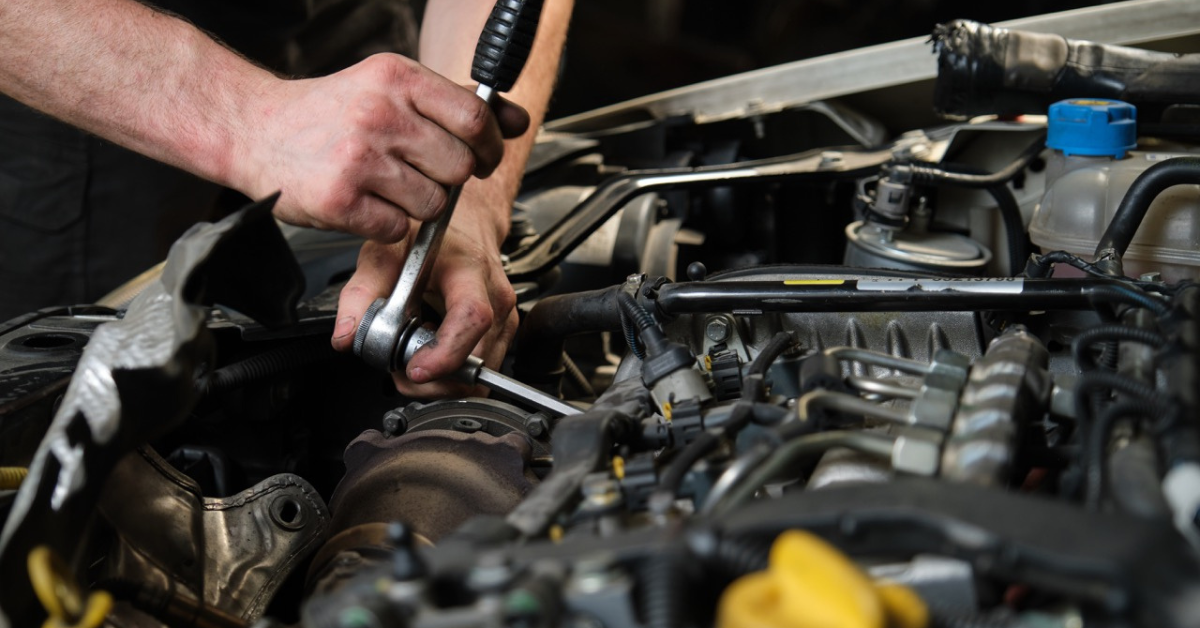
A cracked filter canister, disconnected hoses, or a damaged solenoid must be completely replaced to prevent further malfunctions. Tightening a loose gas cap may also solve the problem, as the cap seals the fuel tank to maintain a pressurized environment. If the issue persists, using an OBD-II scanner can help determine other sources of leaks.
Consulting a Preferred Shop
If troubleshooting on your own becomes difficult, visiting a preferred repair shop is the safest option. Dodge, Ford, and other vehicles may require vehicle-specific diagnostic procedures, making professional diagnosis crucial. A professional can use OEM-level scan tools to check factory wiring diagrams and follow the correct step-by-step repair procedure.
FAQS
How do you fix the code P0456?
The P0456 code is often caused by a cracked or disconnected EVAP hose near the engine air box, leading to a small leak in the system. To resolve this issue, start by inspecting the hoses for damage and replace any faulty ones if needed.
What is the Most Common Cause of a Small EVAP Leak?
A loose or incorrectly affixed gas cap is the most common cause of an EVAP system leak, allowing fuel vapor to escape. Other potential issues include a tiny crack or hole in a hose or tube, a faulty vent or purge valve, or a bad seal somewhere in the system. To prevent this issue, ensure the gas cap meets vehicle manufacturer standards and is securely tightened after refueling.
Is a P0456 Code Serious?
The P0456 code typically signals a minor problem, but ignoring it can lead to increased emissions and potential fuel system inefficiencies. Causes include a loose gas cap, damaged vapor lines, a faulty canister, or a small crack in the fuel tank. Although the issue may not immediately impact vehicle performance, the diagnostic trouble code often appears with other EVAP-related codes, indicating further inspection may be necessary to prevent long-term damage.
Will P0456 Clear Itself?
The P0456 code will not clear away quickly on its own. Like other diagnostic trouble codes, it must be manually reset using an OBD-II scanner or by disconnecting the battery. However, if the underlying issue is not resolved, the code will likely return, requiring further diagnosis and repair.
How to Detect an EVAP Leak?
To pinpoint an EVAP system leak, use a smoke hose to fill the system with smoke and check for visible emissions escaping from the filler neck or other components. Ensure the fuel tank is not full, then replace the gas cap and pressurize the system to identify the exact leak location. Using a vehicle lift can make the job easier, allowing for a more thorough inspection of hoses, seals, and valves.

Mian Hashir is a passionate automotive enthusiast and the lead author at Car Garagee, a website dedicated to providing in-depth car reviews, maintenance tips, and the latest news in the automotive world. With years of experience in the industry, Hashir combines his technical knowledge with a love for cars to deliver insightful and engaging content. Whether you’re a car owner or a curious reader, Mian Hashir’s articles help readers make informed decisions, from choosing the right vehicle to understanding how to keep it in top condition.

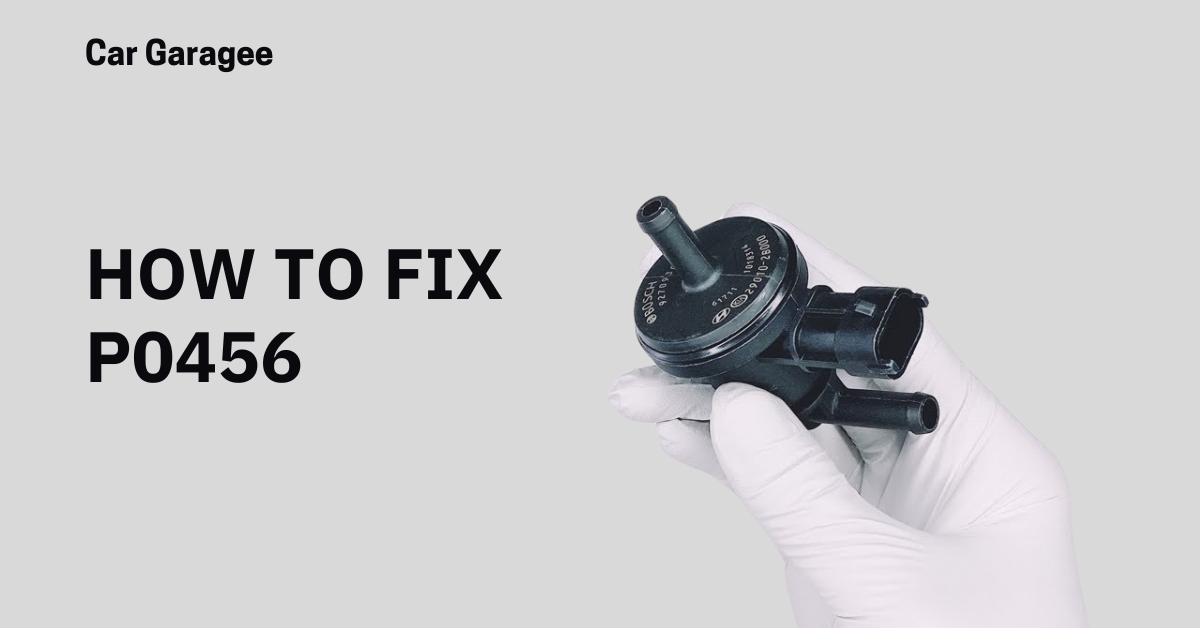
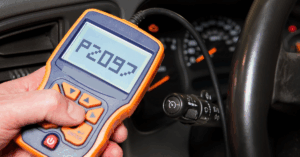
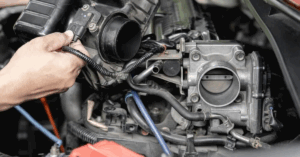
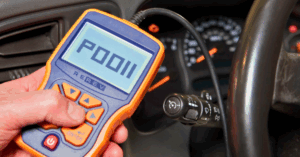
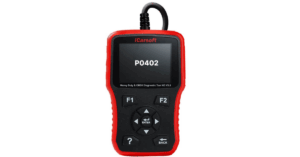

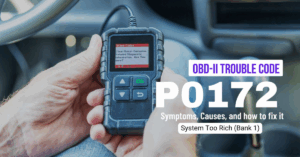
Awesome things here. I am very glad to see your post. Thanks a lot and i am looking forward to contact you. Will you please drop me a e-mail?
Thank you so much for your kind words! I’m really glad you enjoyed the post. I appreciate your interest and would love to stay in touch. Feel free to reach out to me at contact@cargaragee.com anytime, and I’ll be happy to connect!